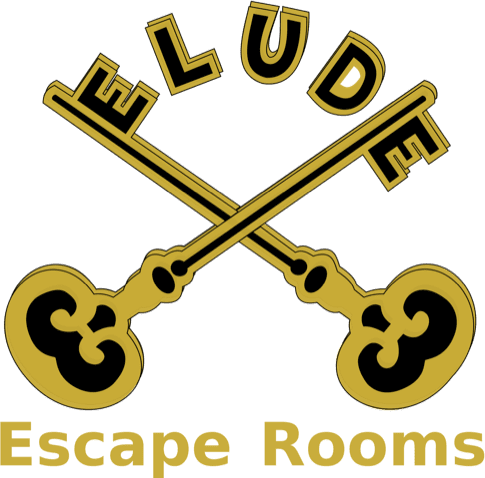
In escape rooms, puzzles are the building blocks of their design, plus they are also the elements that obviously make them exciting and mind-challenging. However, there is also more to how these puzzles interact and these may even be a great way to simulate one of the most common yet most difficult challenges in the workplace: Getting buy-ins.
In the workplace setting, buy-ins are not just any regular task. They represent something bigger. It can be the purchase of better equipment to make everyone’s jobs easier. It can be implementing policy that is meant to reduce costs and improve performance.
All these things require the buy-in, where you need generally have the entire organization in agreement so that your proposal can push forward. In fact, even CEOs can’t always implement anything they want without the express buy-in of at least several other leaders in upper management. (And they, in turn, have to try and get their own people to get on board with the idea.)
That is how crucial buy-ins are in any workplace environment.
However, that is also precisely why they can be puzzling, stressful exercises for the mind. Whether you are a team leader just trying to get an activity’s budget approved or a factory manager who is seriously considering a major, facility upgrade, you don’t have all the answers you need to know that everyone is on board with your idea.
And in larger organizations, that headache can quadruple because you will be digging up info on other persons of interest outside of your own department.
Then again, doesn’t this sound strangely familiar?
That is essentially what teams do when taking on an escape room challenge. The whole group starts with very few clues on solving the mystery of the room. But by putting everyone’s heads together, the answers come bit by bit until the final solution is found. It is an excellent metaphor for simulating the challenge of getting buy-ins!
Here are some particular skills that your team-sized sleuthing can exercise in escape room challenges.
1. Information Gathering
The moment an escape room challenge starts, everyone is instinctively trying to find more than just the first clue. Naturally, an uncoordinated search is less effective than a coordinated one.
Likewise, it is the same when the team needs to get information on who to ask for a buy-in. It is not always the leader’s sole responsibility but everyone’s (especially when it is an initiative everyone in the group wants to see through).
2. Out-of-the-Box Thinking
The clues in an escape room puzzle are always expected to be in rather unlikely places. That what makes it fun and it also encourages thinking outside conventional wisdom.
That can be helpful when you think a decision-maker you want for a buy-in may not be easily convinced. Thinking outside the box becomes instinctive and you can clever ways to give the person their own stake in approving your team’s proposal.
3. Finding Connections
Lastly, these innovative room puzzles encourage great attention to detail and a sharp eye for patterns and connections that others in the team might have missed.
Likewise, there will always be problems when it comes to getting buy-ins for your proposals but they don’t all seem to add up despite all the information you have gathered. A closer look often reveals the answer but only if your team makes it a habit!
Training your team to overcome obstacles to buy-ins is very much like training them to become expert game puzzle solvers. Why not consider the metaphor and use it as another way to prepare employees to help get the buy-ins they need?
Like some more information about the use of Escape Rooms for Team Building call Elude Escape rooms on 8005 0077 or visit our website

